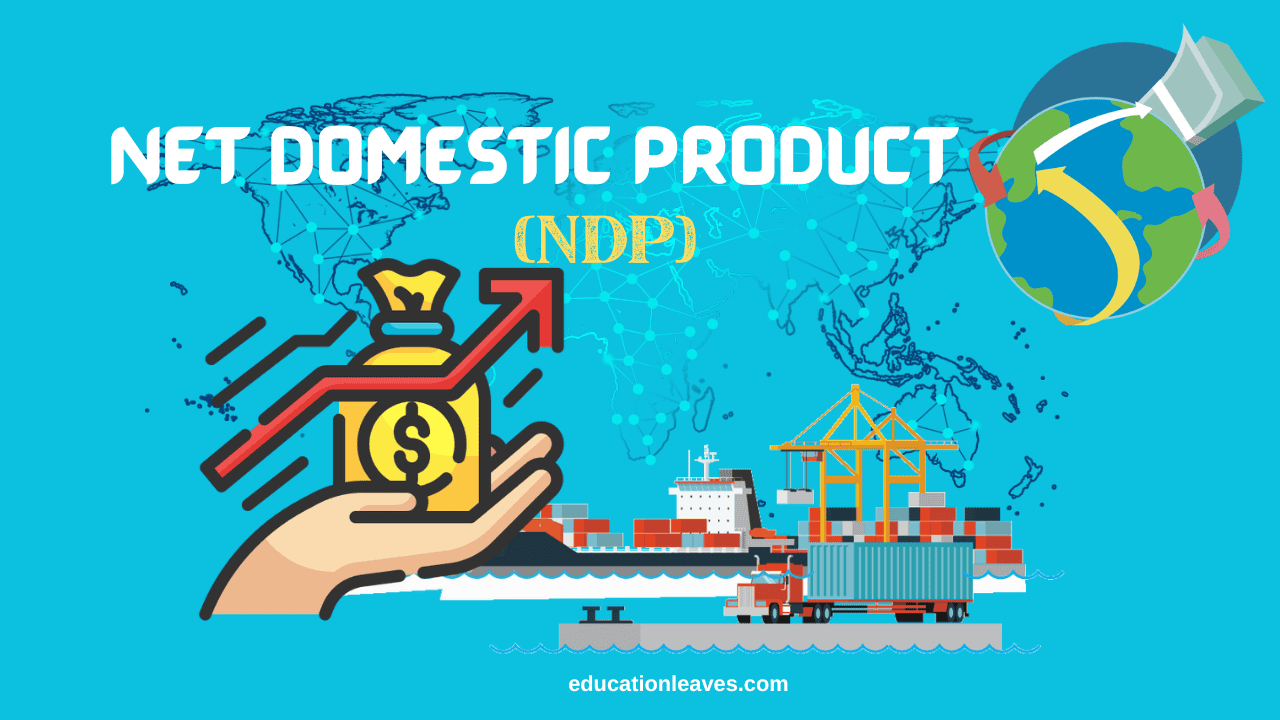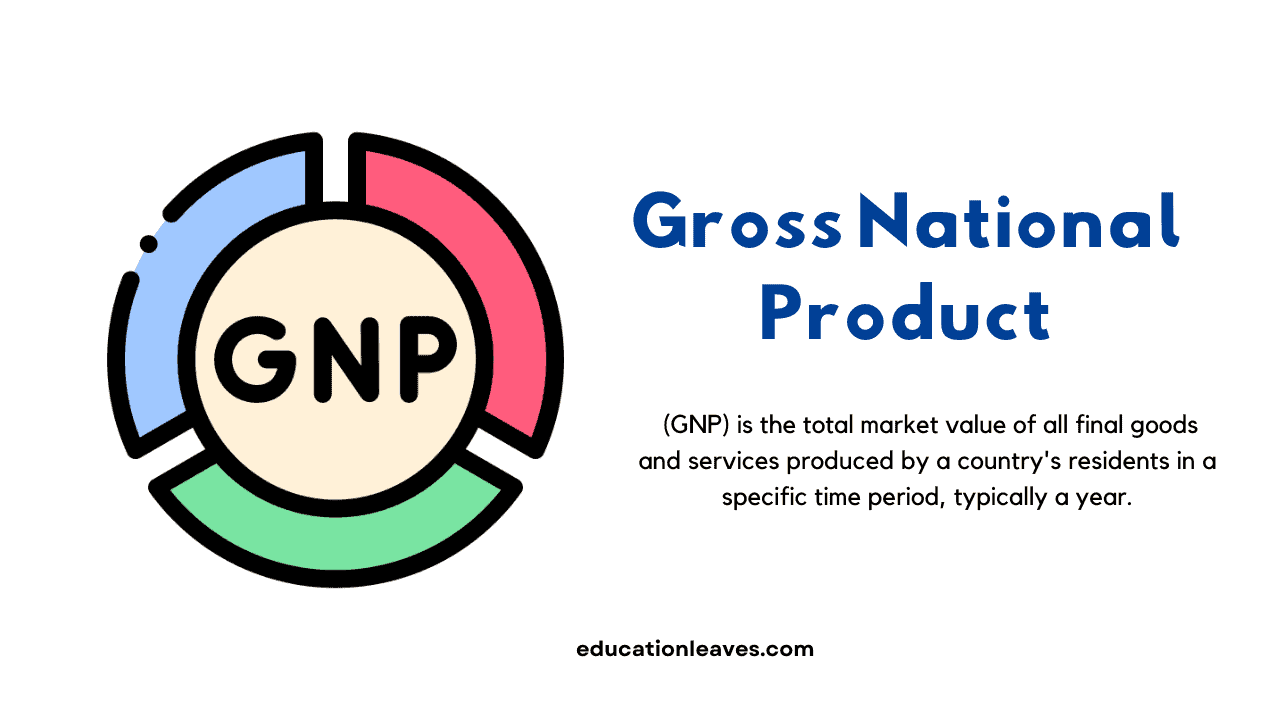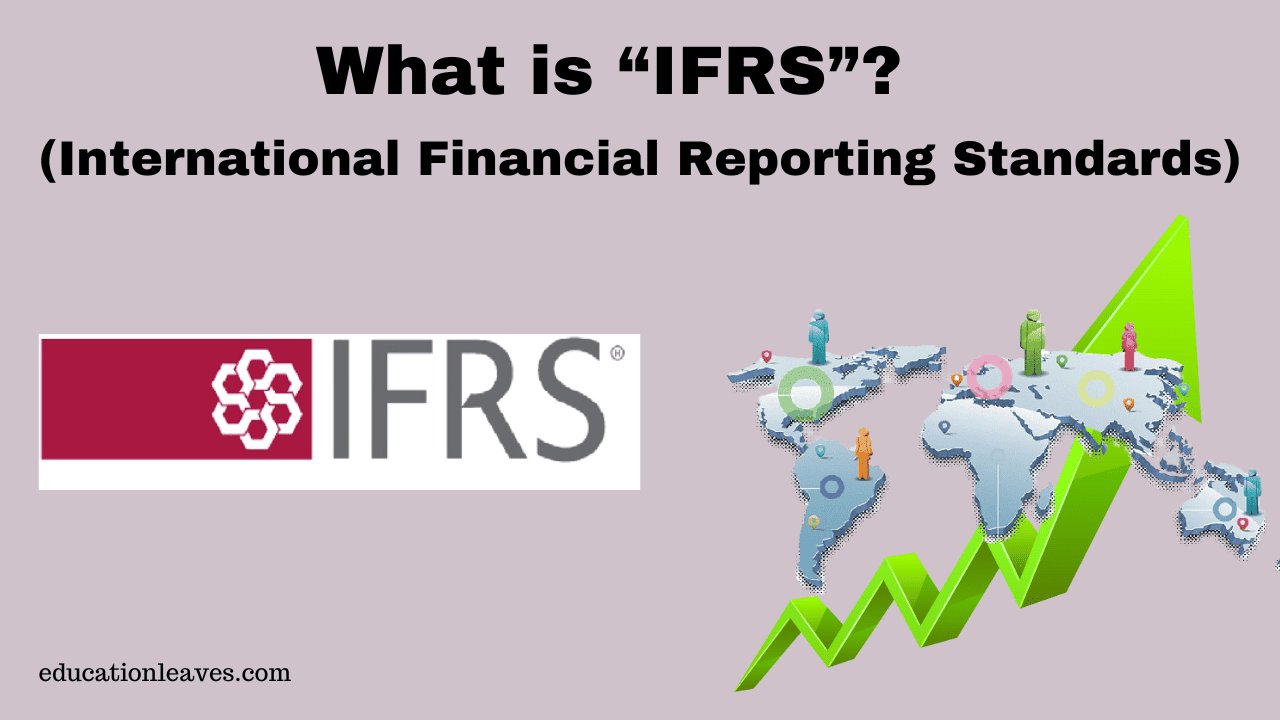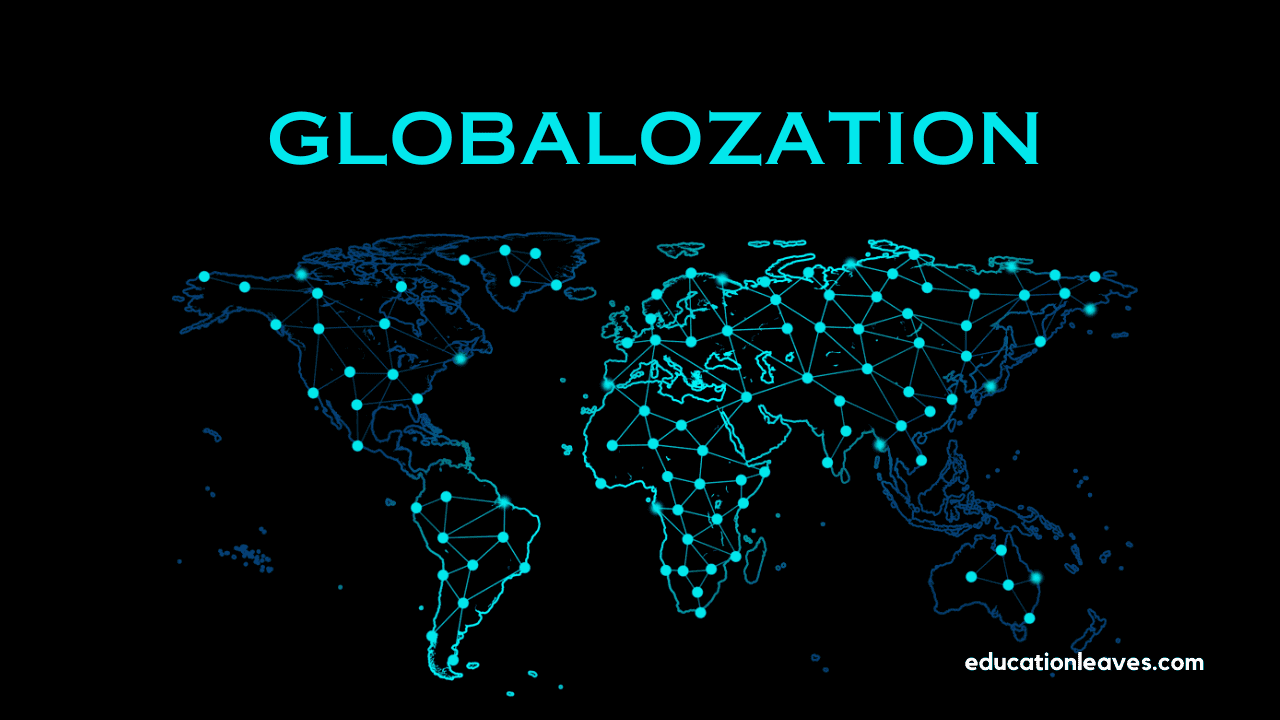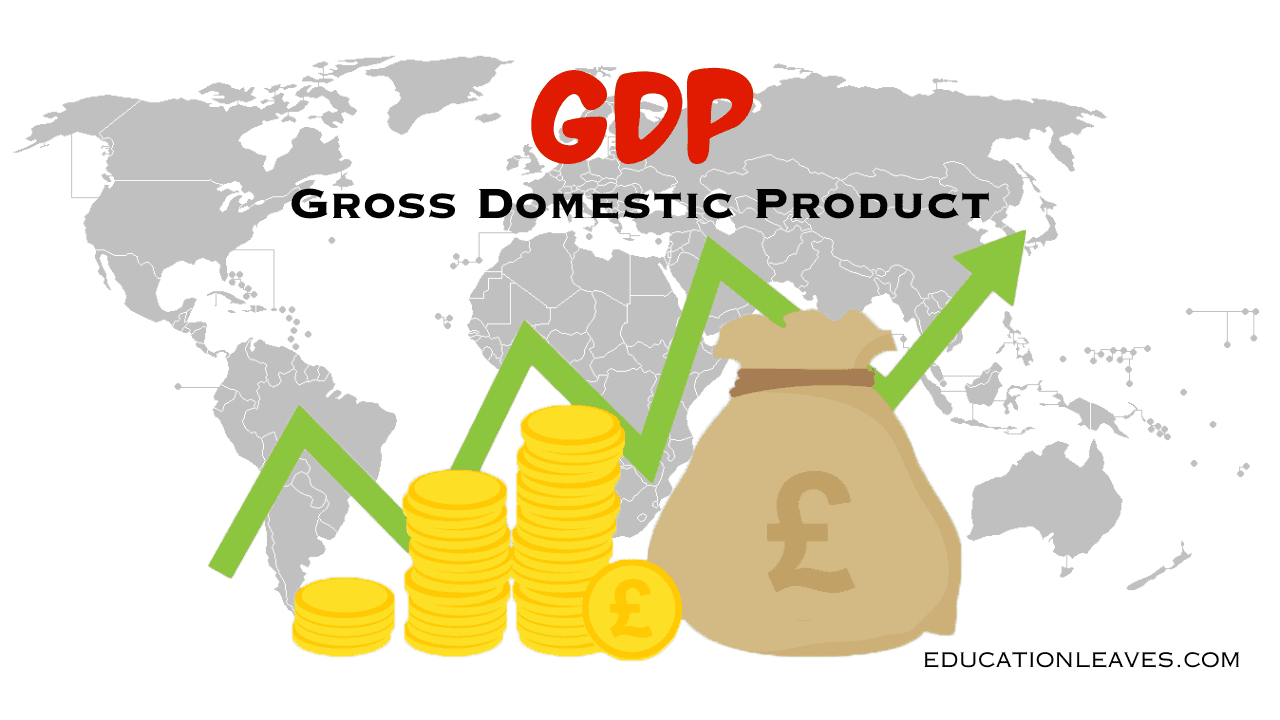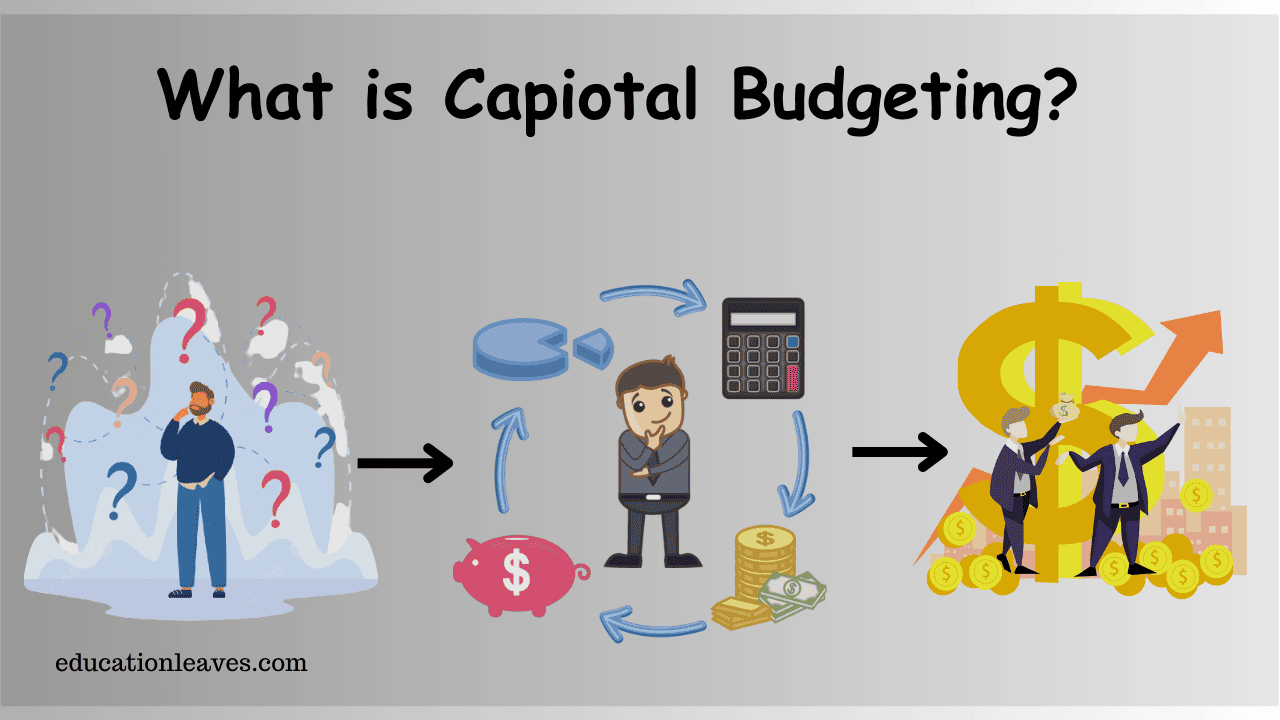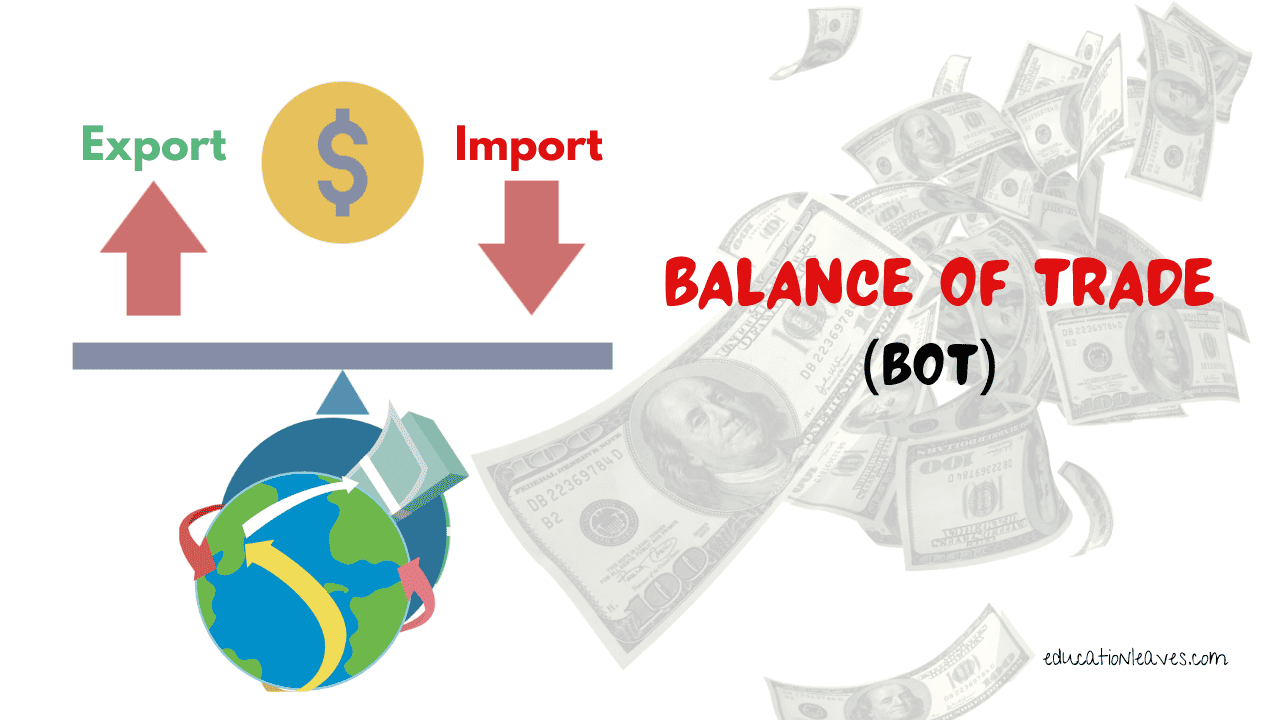Understanding Financial Leverage & Operational Leverage and Difference Between Them
Leverage is a financial concept that refers to the ability to magnify the impact of an investment or a business decision through the use of borrowed capital. It involves using various financial instruments or borrowed funds to increase the potential return on an investment.



